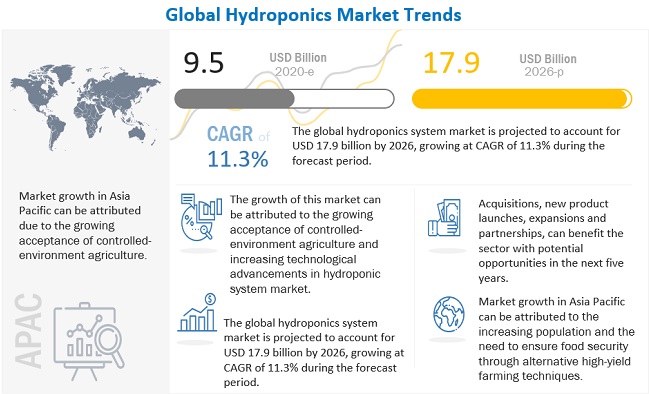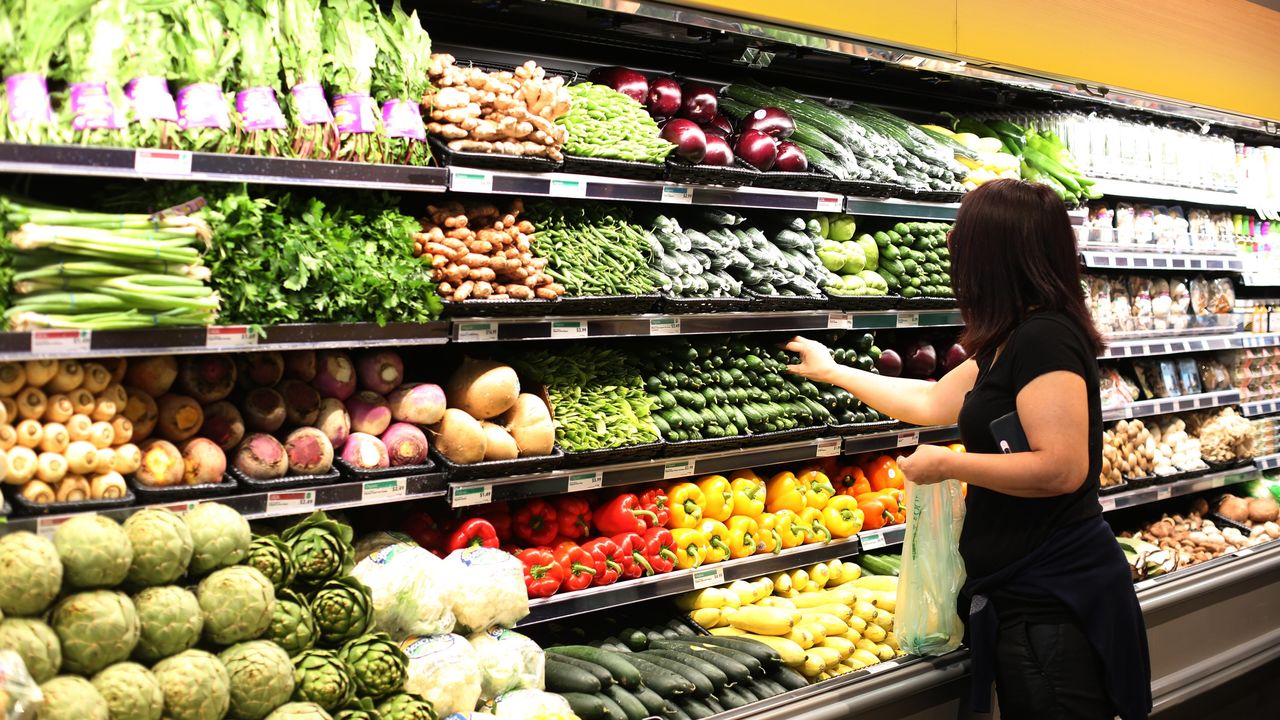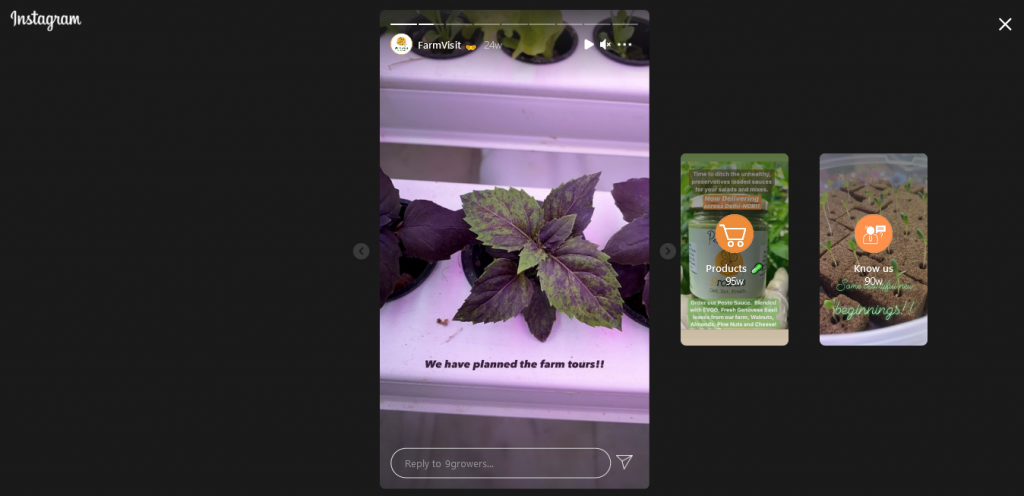If you’re starting a farming business, you need customers to sell your produce. You would also need information on the best places to find more of them and methods for those customers to grow your business based on what you grow in your backyard.

The hydroponic market is growing fast because of the exceptionally high yield it can achieve when compared to regular soil farming. The Global Hydroponics market was estimated at USD 9.5 billion in 2020 and is expected to reach USD 17.9 billion by 2026, growing at the CAGR of 11.3%. Still, HoReCa and organized retailers prefer traditional organic farmed products over hydroponic ones because of the cost, but that is slowly changing as big companies are entering the market because of a sudden rise in health consciousness after the covid-19 pandemic, now, there are over 50 active hydroponic farms in India You can study the market, take a look at the biggest players, and identify commercial opportunities. Here is the India Hydroponics Market, Size, Share, Growth, Trends, Insight, and Industry Forecast, 2021-2028. Here, you will find the best ways to approach putting what you cultivate to good use.
We will discuss the various potential buyers, what makes them unique, and provide enough information so you can decide the most convenient/profitable one for you.
There are dozens of Supermarkets in your area looking for you

Supermarkets like Reliance Fresh, Big Bazaar, and the like have a much more organized way of selling produce than mandis. Organized retail chains need to get the products listed first, then the supplies can start. The listing process will need evaluation from the category buyer of the retail chain, the category being vegetables, most likely but not limited to it. They will take into account whether listing a product makes sense from a consumer’s point of view or not, does it offer any value for shoppers? At this point, it’s important to have as many reasons as you can up your sleeve as to why your product is better than what they’ve already been getting.
In terms of volume, cherry tomatoes, cucumber, and bell peppers account for the major share of the hydroponic market followed by various lettuces, arugula, and pakchoi. Grow things that are not easily available as market research has shown that the younger population is ready to pay for the premium quality now. According to the Federation of Indian Chambers of Commerce & Industry, the foodservice industry is estimated to reach 5,52,000 crore by 2022, growing at a CAGR of 10%. Out of this, the health-conscious segment is estimated to cater to over 1 crore people within the top Indian cities by 2022, which means a growth rate of 12%.
Then it’s time for bargains on the offtake agreement. Oftentimes the category buyer will ask for deep offers for driving off takes on which you have to negotiate and arrive at the best rate which does not hurt your margins also and is also attractive for shoppers. There are many details required for listing a product, which can be obtained once you meet the category buyer. The first starting point is to meet the respective category buyer. Organized retail stores have high volume off-takes and comparatively offer hydroponic growers a better margin because the customers are willing to pay. However, unorganized retailers don’t have enough margins for the hydroponic growers to break even.
Many Restaurants Need More and More Variety That Only You Can Provide
In recent years, farm-to-table restaurants have been changing the Indian Culinary scene for the better. This concept not only boosts the local economy but also reduces the carbon footprint. It ensures sourcing directly from growers such as yourselves without having to pass through middlemen, which is something you should always consider while selling anything.

With this trend, this is the ideal time to approach potential restaurant customers. Approach chefs or managers at high-end/farm-to-table restaurants in your area with propositions. You can grow what is usually hard for them to get their hands on, have knowledge about interesting crops that are in demand at what time, and bring your crop guide with you when you meet them. You can then customize your farm according to their needs.
If the odds are you aren’t going to supply enough for a consistent menu item, then consider growing stuff for places that alternate menus or have daily specials. If you choose to sell to a restaurant that has kept its menu for months, make sure you have enough to sell.
With health-conscious customers on the rise, there will be more detox juices, salads, and vegan/keto stuff on the menu, creating a demand for hydroponic vegetables. Since 2017, salad consumption has gone up by 25%-30%, and this trend is expected only to continue in the next five years. With increased awareness, there is a high demand for healthy menus and you can take advantage of that ever-increasing demand. Not only tier-one cities but tier 2 and tier 3 cities are also headed in this direction.
Also, keep in mind that they happen to be near you in order to reduce the transport time and keep the nutrition intact.
Directly to Hundreds of Customers and more
The direct Business to Customer approach is no easy feat, but most profitable at the end of the day. The most important thing is awareness and clientele. With the covid-19 pandemic, big supply chains have taken a hit and locally produced products are in demand more than ever. You need to build relationships with people who must have a reason to buy from you and not from mandis or supermarkets. When you approach consumers directly, your biggest hurdle is to justify an increased price. Maximize your success by targeting customers who express interest in paying for quality in other markets (craft beer, artisanal foods, organic produce). You need to create your own market. Here are a few ways to do just that.
CSAs: Community Supported Agriculture
The most common way of creating your own market is through a CSA (Community Supported Agriculture). These are great ventures in which people with a community/communities directly support a local grower. This means you buy a “share” of the harvest. In return for this investment, you get a supply of everything that’s being harvested. The idea is to share in the risks a farmer faces.
You can read more about Indian CSAs in this paper by Nina Osswald, the coordinator at Good Food Oxford. According too the above-mentioned paper, these are the major Indian CSAs that you can be a part of:
- Pune (Maharashtra): GORUS Organic Farming Association, started in 2008
- Mumbai (Maharashtra): MOFCA (Mumbai Organic Farmers and Consumers Association), started in 2009
- Hyderabad (Andhra Pradesh): Sahaja Aharam Organic Consumers and Producers Cooperative, started in 2009
- Gurgaon (Haryana): Adarsh Bio Organics Pvt. Ltd., started in 2013
While CSAs are generally done on a fairly large scale, there’s no reason you couldn’t create your own version. You can survey friends and neighbors in your community and get a sense of what people are likely to want and balance that with what you’re most likely to produce. Since you’re starting up, you don’t really need to have people buy in before you grow. You can have a pickup time and place, or you can deliver directly to peoples’ homes.
With that arrangement in mind, think about selling to retirement communities, apartment complexes, and other centralized communities for whom, a local supply of veggies and fruits is going to be the most convenient.
Build a Social Media Presence and Get Thousands of Customers plus Fans

Another great way to create your own market is to build your online presence through social media. Have a story for your brand and advertise yourself to the world with inviting images and use every tool in the shed to increase your online presence. Pay for advertising and marketing. Make sure everyone knows the key selling points and features of your product. For example, if you provide summer greens all year long, make sure to let everybody know. It’s all about labels: organic, pesticide-free, and so on. Do you ship directly to customers? Make sure it’s on the front of the brochure which you will obviously have on your social media account. Here is an example
If you are interested, you can read up on how to grow the size of your digital footprint of your brand.
With every single one of the aforementioned customers, you need to have selling points. In pretty much every situation, those selling points more or less boil down to these concepts:
- Quality and Consistency
- Transparency
- Shelf-life
- Your story
Finally, whichever way you end up selling your produce is going to be your decision. Consider the resources each of the above customer’s needs from you and decide based on what is more flexible with you. Have a solid idea of what you’re willing to commit to before getting involved with a customer segment.
Sell your produce directly to customers online
Building a social media following requires patience and perseverance, and word of mouth is sometimes not enough to get the impact that you are hoping for. Register on online Farmer Marketplaces like Farmsnation, become a seller with us now, and get access to thousands of customers who don’t compromise on quality.
Build Relationships
Doesn’t matter where you end up selling your produce, you need to build personal relationships with people in the market. Buy from them and strike up a conversation on what they look for in what they buy and who they buy from. Hope that these 6 tips help you find customers. We know it’s not easy but we’re here to support you. If you have any questions, please feel free to post them in the comment section below.
